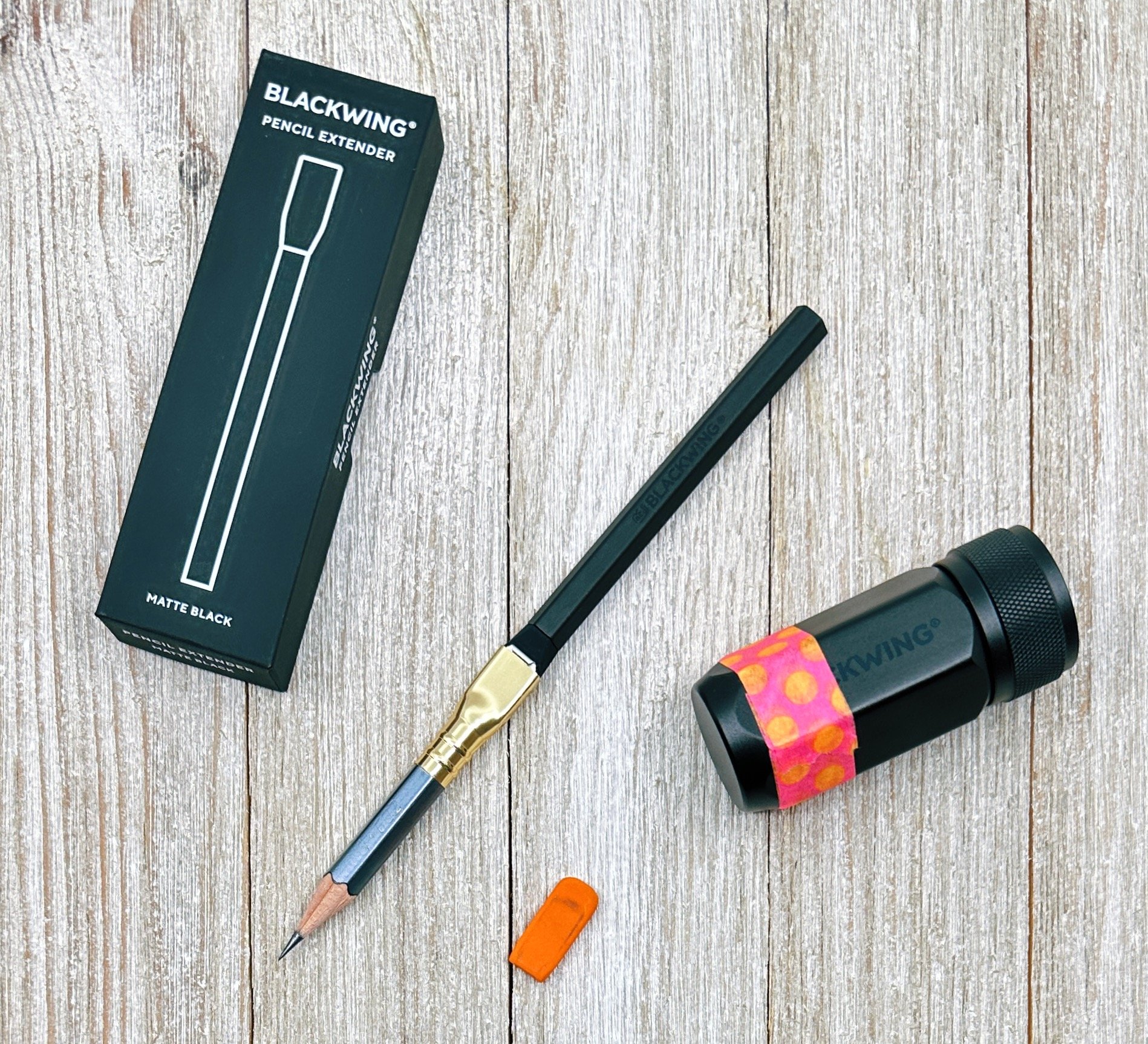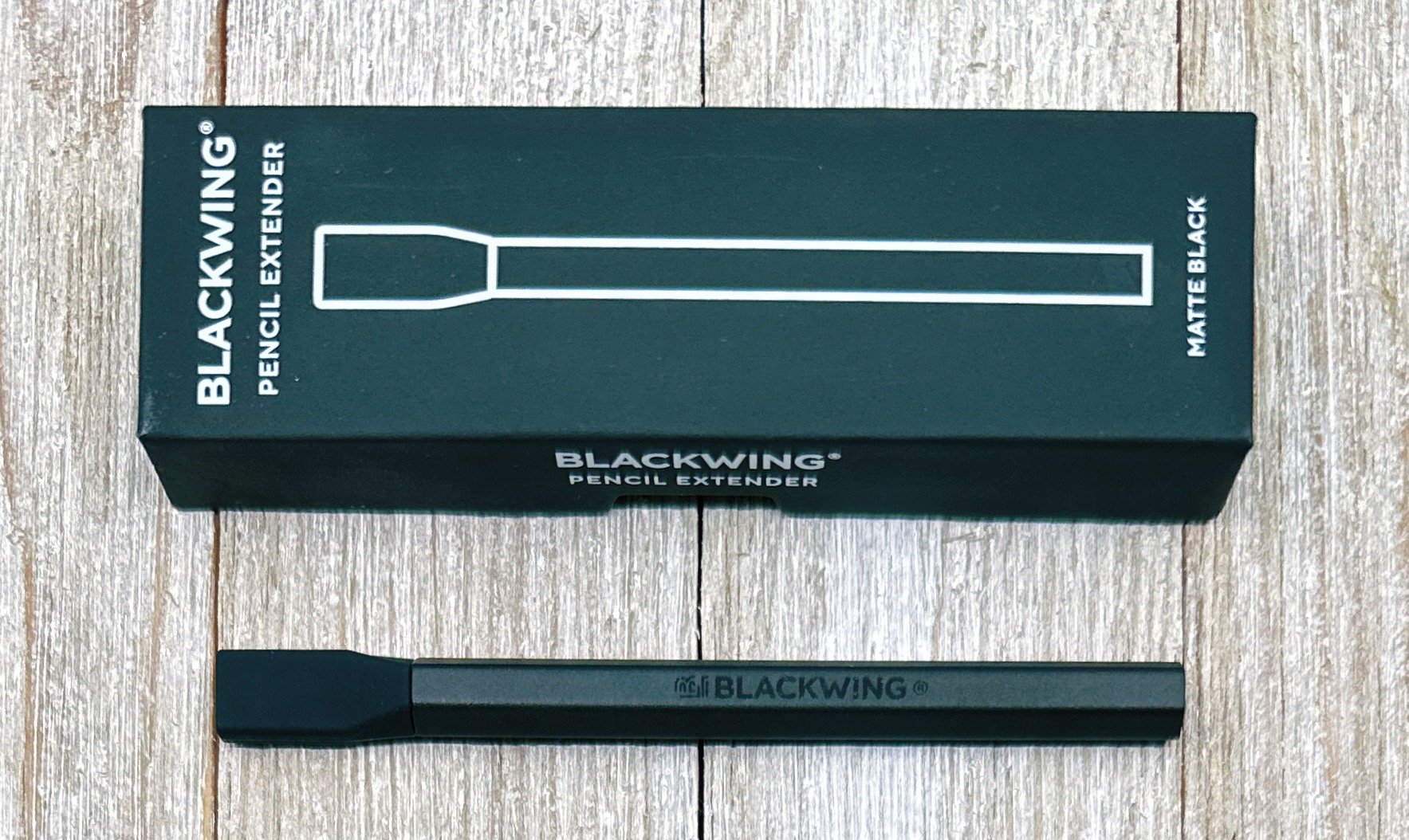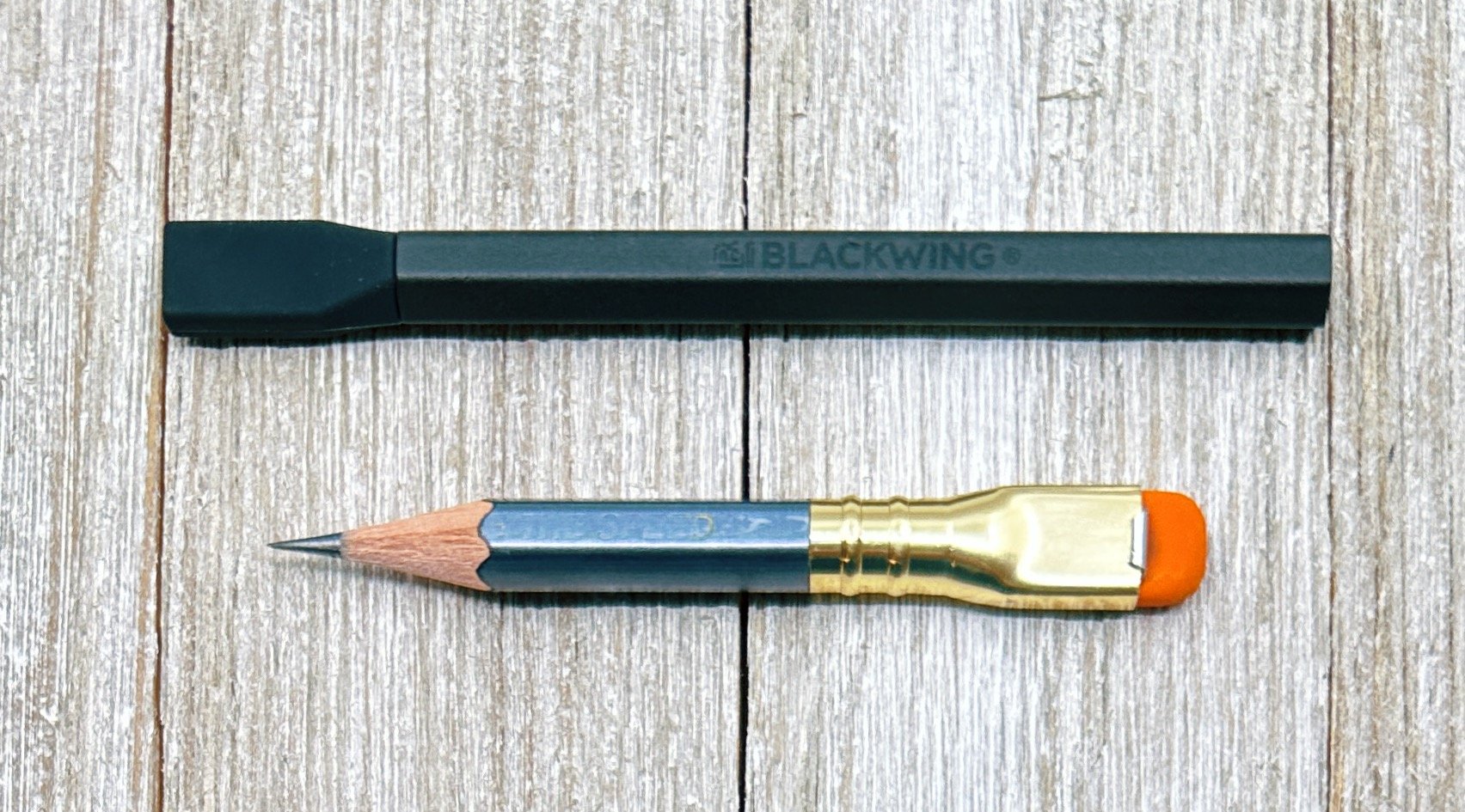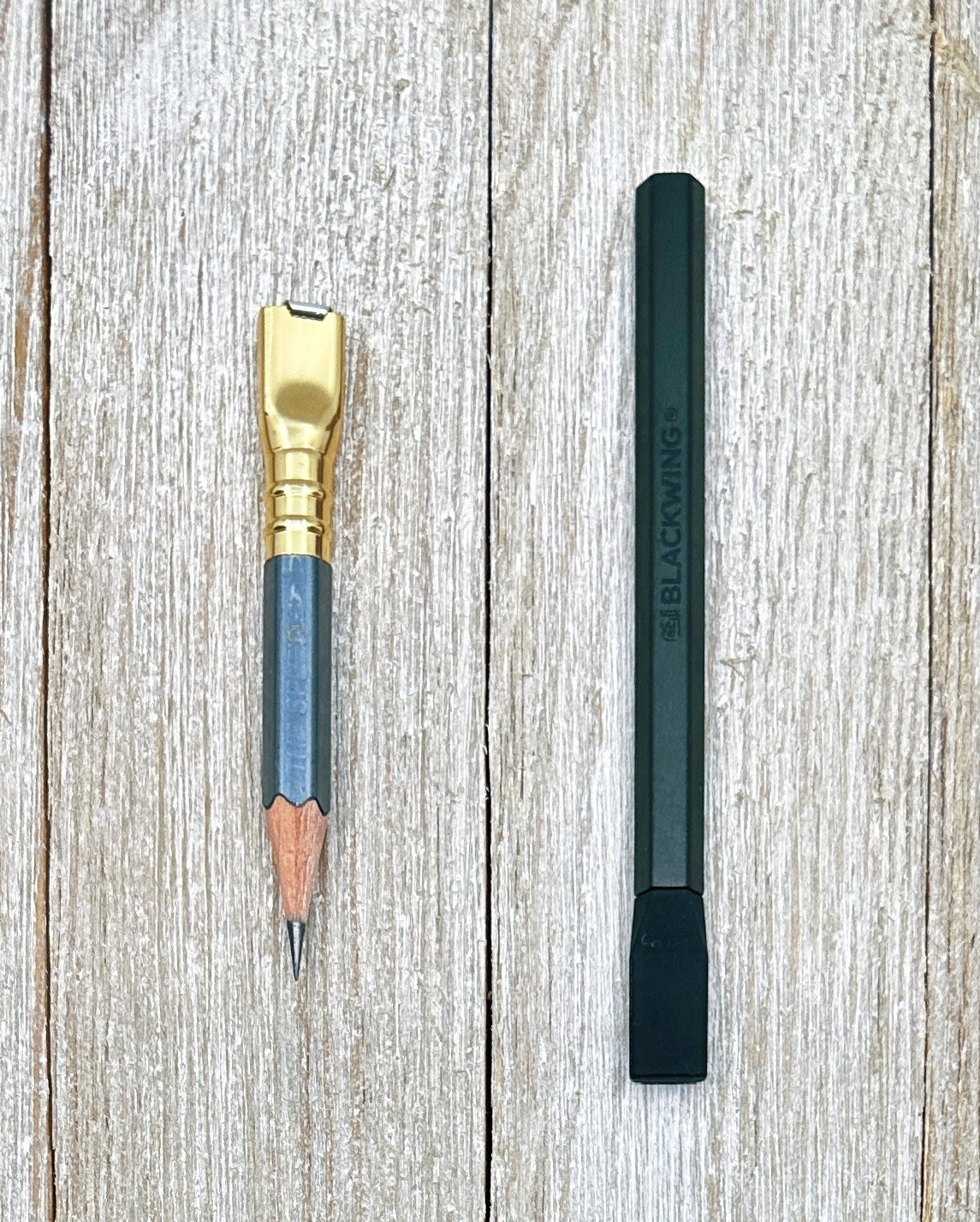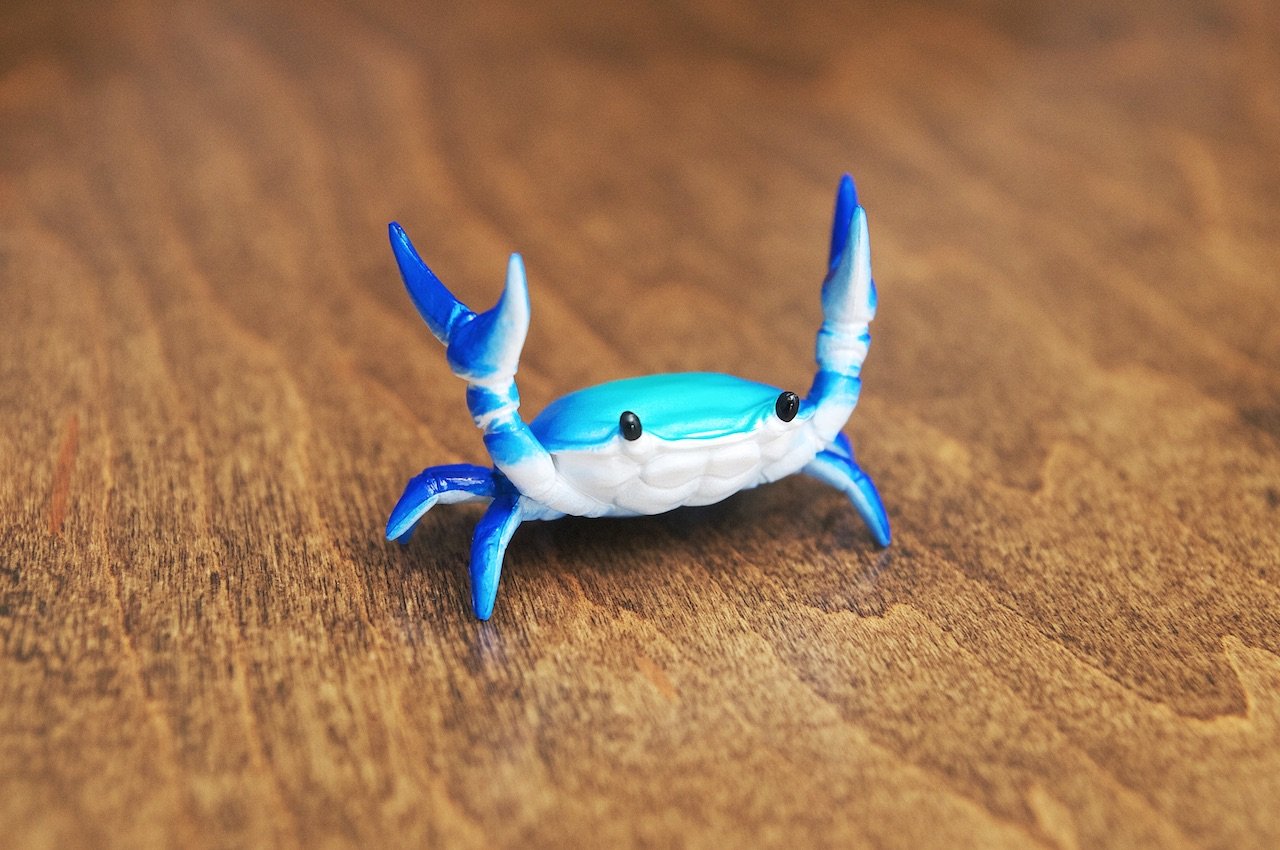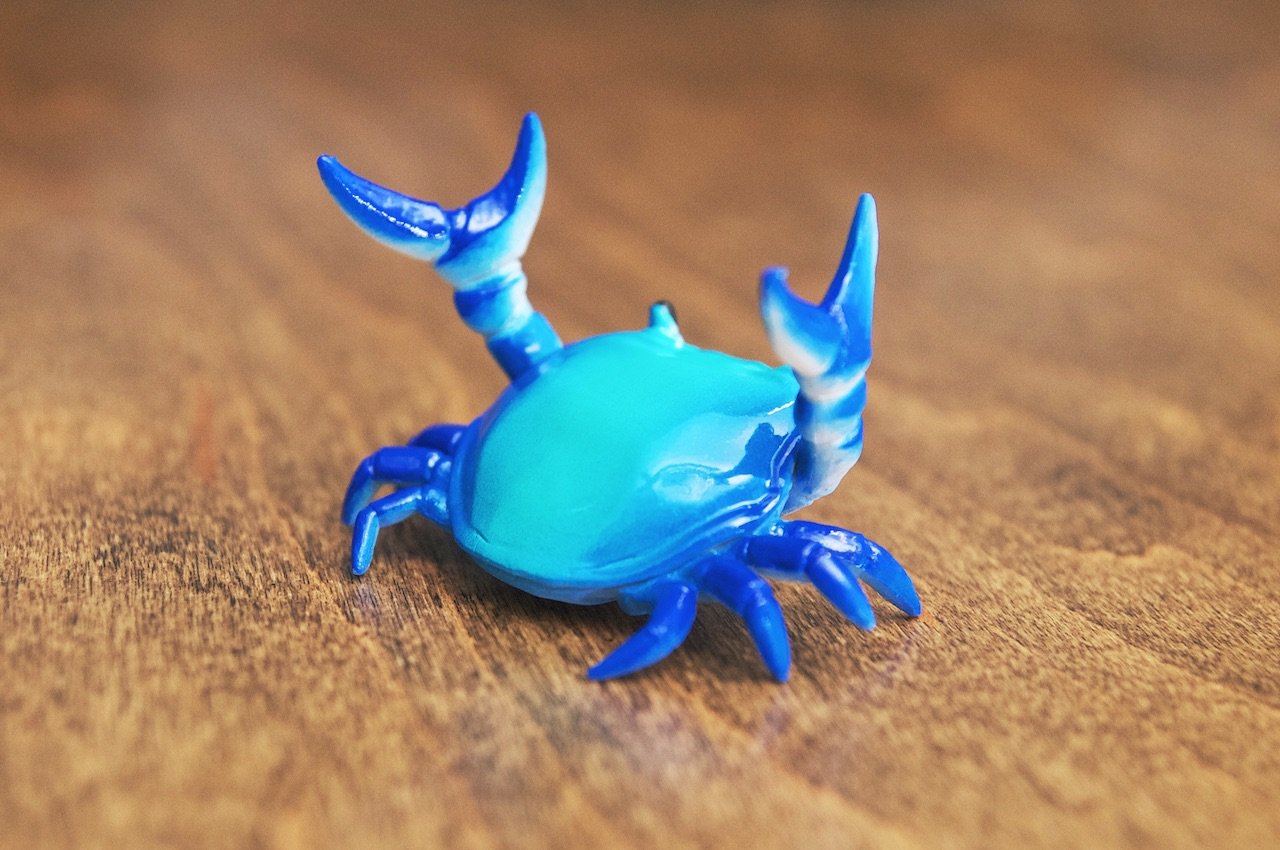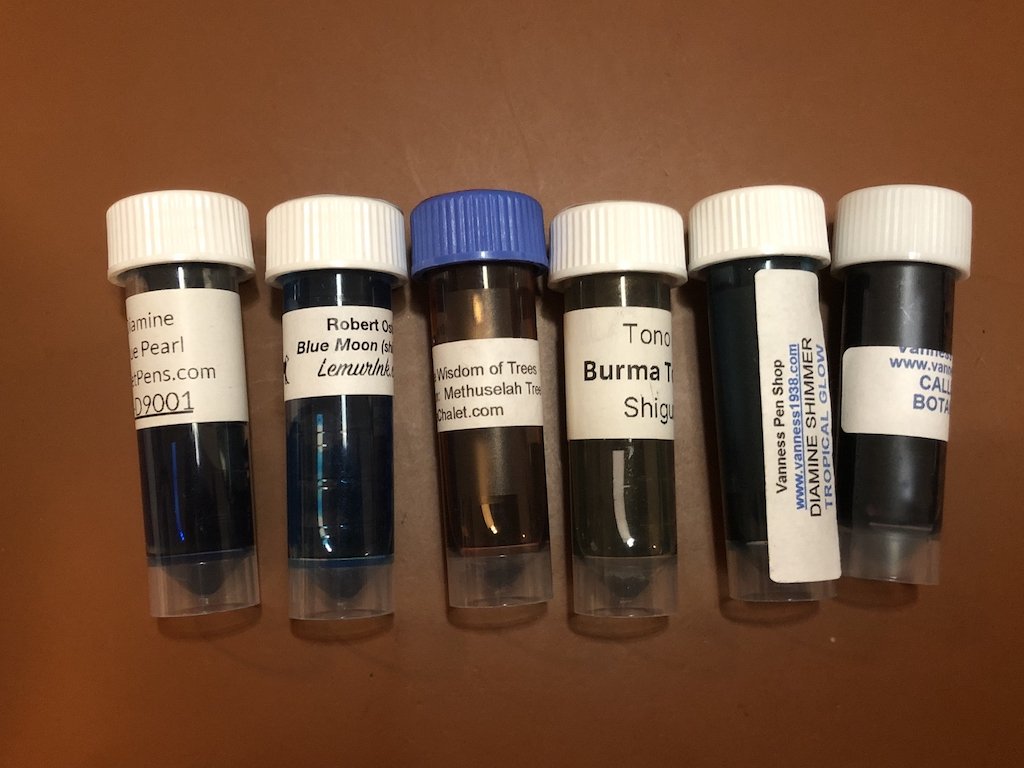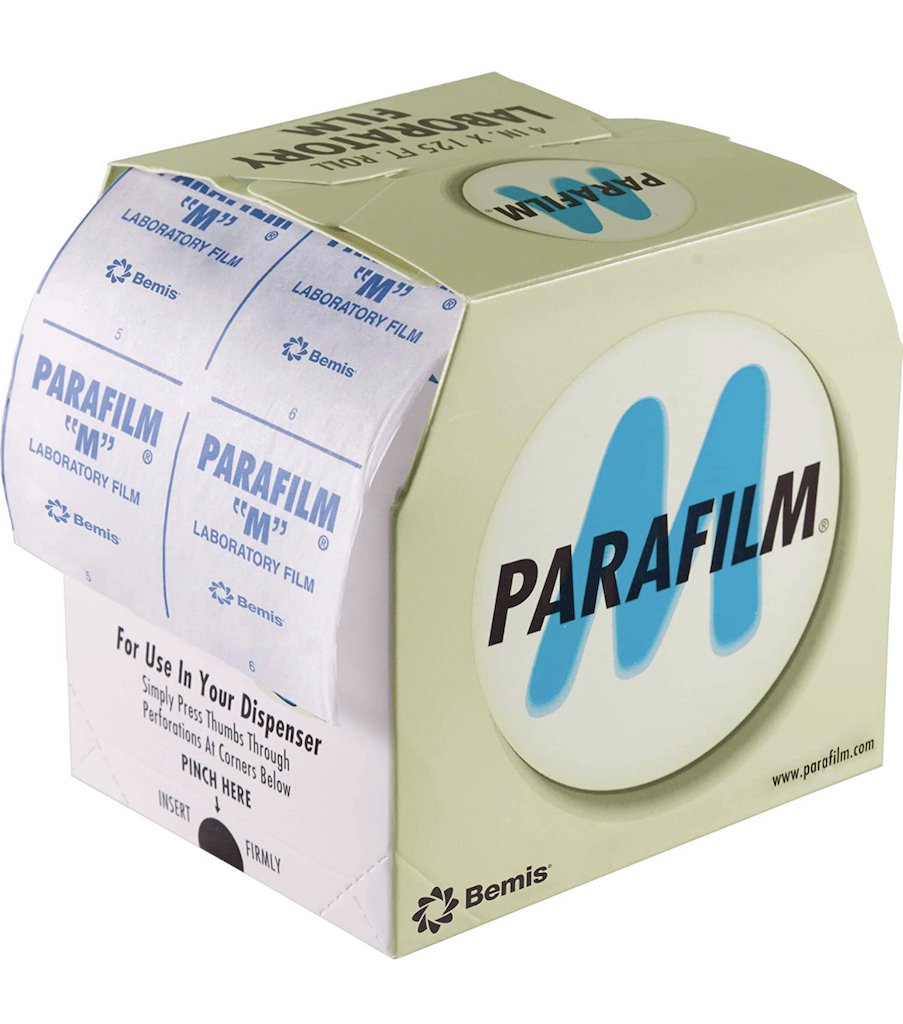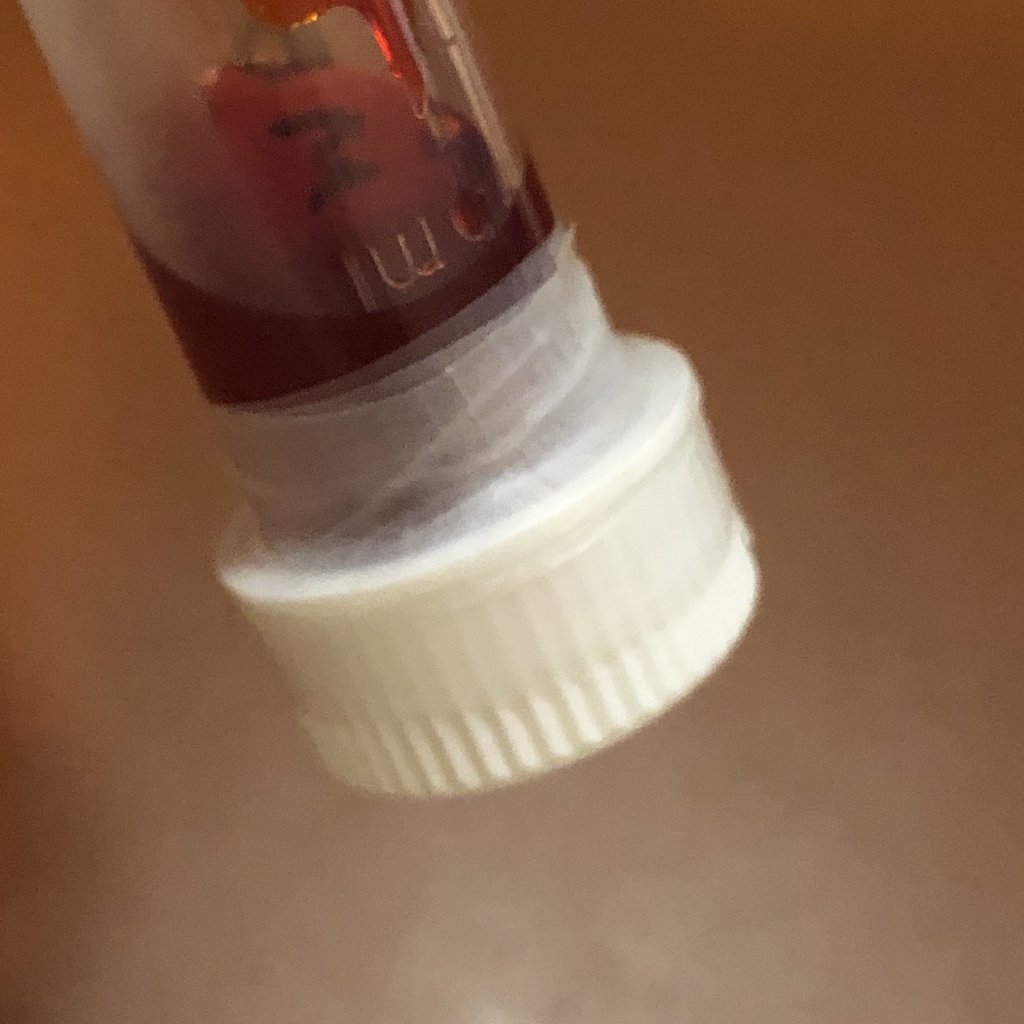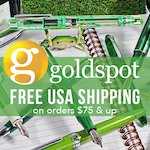I love Blackwing Pencils. Blackwing accessories? Well, that’s a different story, with varying outcomes.
When Blackwing first launched their paper lineup, via various notebook styles, they were well received. They did a great job with the release, and I even found them to be fountain pen friendly. They continued to update formats and styles, and have remained excellent over time. I’m not sure how many other Blackwing accessories I can say that about-especially on the first iteration of products.
The Blackwing Point Guard was my first odd experience with a new Blackwing design. The concept is great, as I already used various pencil tip protectors, but this one was was sized oddly at launch. More specifically, some of the Point Guards didn’t fit on Blackwing Pencils. They were too tight to use. Blackwing quickly corrected the issue and made it right, but I filed that information away in the back of my brain.
I would need that info on the launch of the Blackwing One-Step Long Point Sharpener. I had heard there were blade issues on launch, which caused poor pencil sharpening, so I waited a bit for that to shake out. Apparently, I didn’t wait long enough, as I got one of the bad ones. Once again, Blackwing made it right by providing replacement blades, and now the sharpener works as intended.
To first mention the focus of this review-the Blackwing Pencil Extender-at this point probably makes you think there is another technical flaw with this product. There isn’t. But what compelled me to buy this product in the first place is how ugly it is. There is no sense in sugar coating my thoughts on that aspect. But is it a good product, despite my thoughts on the physical design? Let’s find out.
The goal of any pencil extender is literal in two senses: to extend the life of a well-used, and now short, pencil by extending the usable length of the pencil in your hand. If you have a product you love, you want to squeeze every last bit out of it, right? You wouldn’t toss out your favorite ink with 25% of the liquid left in the bottle, would you? No! You would grab a syringe and drink up all the ink until there was none left.
Blackwing pencils give me the same feeling. They are some of my favorites, and I want to use up every centimeter I can. Pencil extenders can help with that. They aren’t a new product, but most are built for pencils with a traditional round ferrule. Circular diameter extenders, like the simple Peanpole from E+M, slide over most traditionally-sized ferrules. The standout design element of Blackwing pencils, the rectangular ferrule, prevents this type of extender from being used. You can remove the Blackwing ferrule if you have a favorite traditional extender, if you like.
To solve a problem of their own making, Blackwing engineered an inelegant solution. To use the Blackwing Pencil Extender, you remove the existing eraser inside the existing ferrule, slide the rubber end of the extender into the now-open ferrule, and toss the eraser into the bin. There is nowhere else to put it. Nor should there be-traditional extenders cover the eraser as well.
Overall, it … works?
I mean, it does. If I’m sitting in that design meeting at Blackwing HQ, I’m thinking yeah, this is great. Ship it! But in the broader scope of their usually sleek and refined lineup, it stands out to someone like me who obsesses over this type of minutia. I can use it, but I can’t unsee it.
So Mr. Pen Addict Opinionated Design Guy, how would you fix this? I wouldn’t. Not every problem needs a solution. Blackwing designed the most iconic pencil on the market. Just like I can spot a Lamy wire pen clip from a mile away, the rectangular Blackwing ferrule is a timeless design. The Blackwing Pencil Extender breaks line of sight on that most important design element. The Extender exists to solve a 10% problem, not a 90% problem, which is an area rarely worth designing for.
Wooden pencils are beautiful because of their disposable nature. Grab one, sharpen it, use it, sharpen it, and so on, right until it is too short to hold in your hand. What now? Who doesn’t love pulling out a fresh, unsharpened pencil from the box? I promise that last inch of pencil won’t hold it against you for throwing it away.
The Blackwing Pencil Extender is a Superfan choice, not a universal one. If you are invested in the Blackwing ecosystem, then $10 is nothing in that context. I’m going to keep mine around, but I’m going to paint it, or sticker it, to at least make it more fun. Maybe that’s the key to unlock the joy of this product.
Now, where is my silver paint pen?
(I bought this product from Yoseka Stationery at regular retail price for review purposes.)
Enjoy reading The Pen Addict? Then consider becoming a member to receive additional weekly content, giveaways, and discounts in The Pen Addict shop. Plus, you support me and the site directly, for which I am very grateful.
Membership starts at just $5/month, with a discounted annual option available. To find out more about membership click here and join us!

